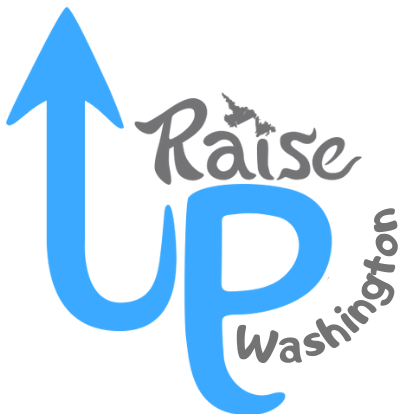What is a sudden-onset disaster?
A sudden-onset disaster is triggered by a hazardous event that emerges quickly or unexpectedly. They take many forms – from earthquakes, tsunamis or hurricanes. They all take lives, separate families and devastate communities.
What are the examples of rapid onset disaster?
Rapid onset hazards occur quickly and with little warning. Volcanic eruptions, earthquakes, flash floods, and landslides are examples of rapid onset hazards. Slow onset hazards occur slowly and may take years to develop. Epidemics, insect infestations, and droughts are all slow onset hazards.
What is the difference between slow onset or sudden-onset natural disasters?
Do they both create voluntary movement? Sudden disasters tend not to create voluntary movement. Slow-onset disasters can create both forced and voluntary movement. The slowly unfolding pace of slow-onset disasters means that some people might choose to move, before they are forced to move later on.
Do natural disasters occur randomly?
Cataclysms such as hurricane Katrina, the 2004 tsunamis or the cyclone that ravaged Myanmar recently may appear to have exploded spontaneously on unsuspecting populations, but there’s nothing random about these events, scientists say. …
What is creeping disaster?
In terms of duration, disasters may have sudden onset (e.g., hurricanes) or slow onset (creeping) (e.g., droughts, food shortages and crop failures). UN-2. In terms of duration, disasters may have sudden onset (e.g., hurricanes) or slow onset (creeping) (e.g., droughts, food shortages and crop failures.
What is disaster what are its consequences?
Disasters may be explosions, earthquakes, floods, hurricanes, tornados, or fires. In a disaster, you face the danger of death or physical injury. You may also lose your home, possessions, and community. Such stressors place you at risk for emotional and physical health problems.
What does rapid onset mean?
“Rapid-onset” refers to the abrupt appearance of signs and symptoms over a period of hours to days. Dystonia is a condition characterized by involuntary, sustained muscle contractions.
What are the slow onset man made disasters?
Slow onset hazards, like drought, insect infestations, and disease epidemics take months or years to develop. A slow-onset emergency or disaster is defined as one that does not emerge from a single, distinct event but one that emerges gradually over time, often based on a confluence of different events.
What is a slow onset hazard?
Slow onset hazards, like drought, insect infestations, and disease epidemics take months or years to develop. • A slow-onset emergency or disaster is defined as one that does not emerge from a single, distinct event but one that emerges gradually over time, often based on a confluence of different events.
What are the impacts of disaster?
Why natural disasters are increasing?
The number of disasters has increased by a factor of five over the 50-year period, driven by climate change, more extreme weather and improved reporting. But, thanks to improved early warnings and disaster management, the number of deaths decreased almost three-fold.
Why drought is a creeping hazard?
Drought has been described as a “creeping disaster”, because by the time a drought is identified, it is usually already well under way, the costs to fix it are mounting, and the opportunity to take proactive action has already been missed.
Which is an example of a rapid onset disaster?
They are rapid onset disasters. Cyclones, hurricanes and typhoons – the same hazard with a different name in different parts of the world – arrive with a few days warning, and annually we know when the cyclone season is likely to occur in specific regions, so that preparations can me made for their arrival.
Where are natural disasters most likely to occur?
There are cases where natural disasters occur in places where conflict has already disrupted the lives of people, for example, the Philippines, Iraq, Somalia, Kenya, Colombia, and Haiti.
What is the definition of a natural disaster?
A natural disaster is defined by the UN as: “the consequences of events triggered by natural hazards that overwhelm local response capacity and seriously affect the social and economic development of a region.”[1] In other words, a cyclone that strikes only an uninhabited island is not a natural disaster.
How are natural disasters related to human rights?
Rakhi Bhavnani argues that “sudden changes brought on by natural disasters exacerbate problems that people face on a daily basis, heightening conditions for conflict such as grievances, political opportunity, and mobilization.
